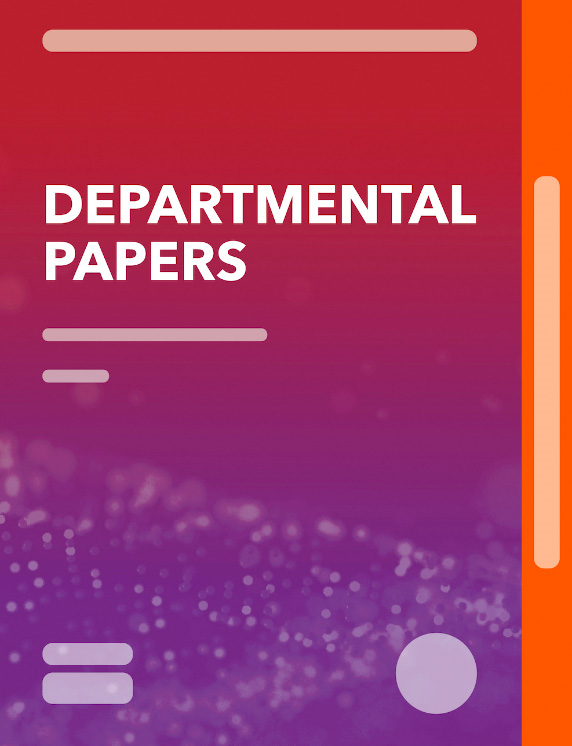Optimal Tax Administration
January 20, 2017
Disclaimer: IMF Working Papers describe research in progress by the author(s) and are published to elicit comments and to encourage debate. The views expressed in IMF Working Papers are those of the author(s) and do not necessarily represent the views of the IMF, its Executive Board, or IMF management.
Summary
Subject: Compliance costs, National accounts, Personal income, Revenue administration, Revenue performance assessment, Tax administration core functions, Tax gap
Keywords: administration cost, Compliance costs, cost-revenue ratio, elasticity rule, enforcement elasticity, implementation cost, IRS initiative, marginal revenue-cost ratio, optimal taxation, Personal income, Tax administration, Tax administration core functions, tax compliance, Tax gap, tax rate, taxable income, WP
Pages:
27
Volume:
2017
DOI:
Issue:
008
Series:
Working Paper No. 2017/008
Stock No:
WPIEA2017008
ISBN:
9781475570267
ISSN:
1018-5941






